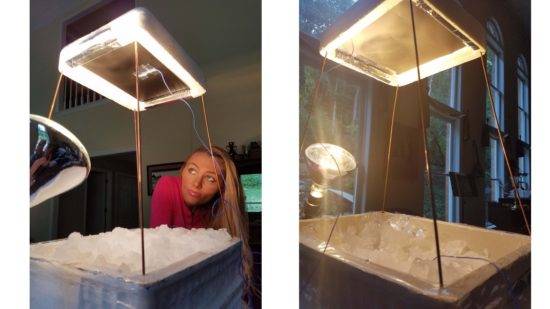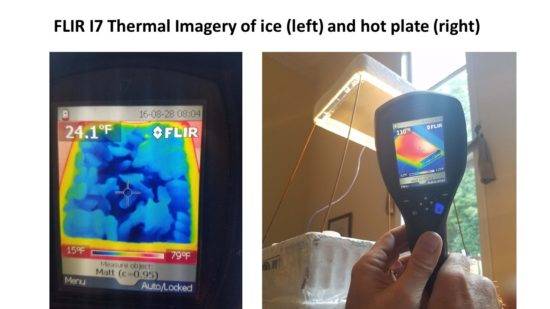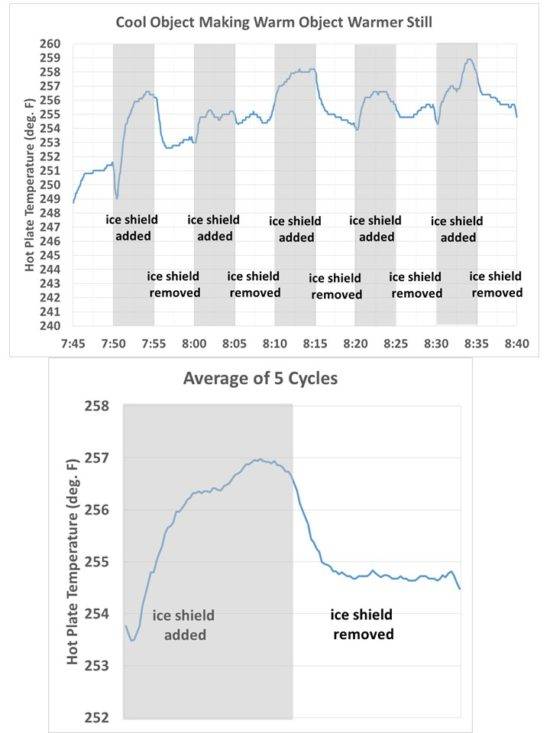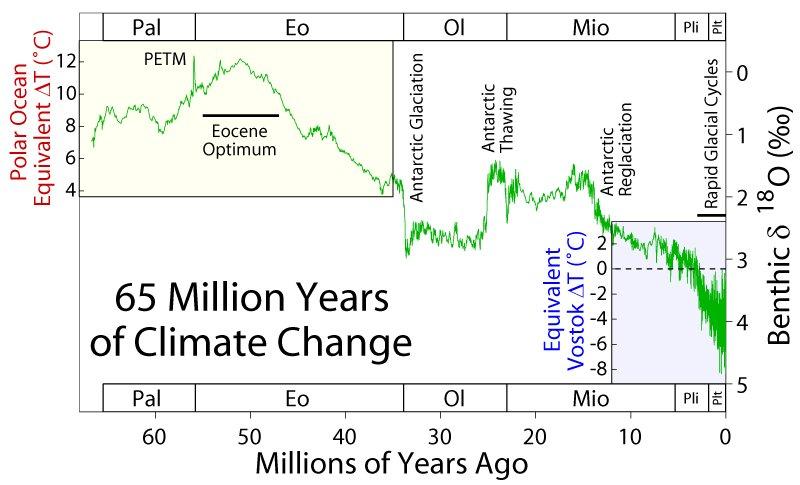I have already provided the data, moron. There's only two data points. That's the point. No one knows what happened between the two data points. You are clearly not intelligent enough to understand what I am saying.It's not. Show me the data that says it is. Not an opinion. The data.I have offered you the answer, dumbass, we are in an interglacial cycle.Riiiiight... so you don't believe in AGW?
I just want the right answer, numbnuts. And you don't have it. You're squirming around over charts from 12 million years ago because you have no answers for what's happened in the last 200. You may be correct that we're near the end of an inter-glacial warmup period, but this will be the first one in history that's warming up 10 times faster than the previous ones. I'd like an answer for what's causing that. So far, CO2 is the leading candidate among the scientific community. You can't seem to offer any other explanation.
But you haven't offered an explanation as to why this interglacial cycle is warming up 10 times faster than the previous 4, dumbass.
Show me the data that says it's not. I got this information from the very study you posted on here. You should already know what I'm talking about. Like I said before, why do you believe the first 800000 years of the data but discount the part that actually matters to our lives?
Last edited:








